final drive ratios explained
The differential gear ratio on a stock standard 4x4 are made to suit the tire diameter which the vehicle is released with. The description tells you pretty well how to calculate it divide the number of engine revolutions required to make one full tire revolution into one.
Gear Types And Gear Ratios Explained
Low range gear will also suffer as 1st gear low will now roll too fast as the tires are bigger this.

. Its gear ratio is 21 and increases torque. To turn the ring gear once the pinion would have to rotate 4 times. The final drive ratio is typically the gear ratio for the differential or the final location where the gearing is altered before being sent to the wheels.
The final drive unit has three functions to perform. Different transmissions have different ratios according to how the manufacturer expects them to be used. The final drive ratio is what you end up with when you factor in the transmission and transfer case gearing and the axle gear ratio.
Since the final drive is the easiest and cheapest to change it it often used to change the behavior of a bike. A larger gear ratiosay 310correlates to shorter gearing while a low numberlike 270represents taller gearing. Answer 1 of 2.
A ratio of 3151 will give you a good mix of better mileage and decent power. The ratio is calculated by using the number of teeth on the pinion gear splined to the driveshaft yoke and the ring gear splined to the axle shaft. It refers to the final drive ratio your engine power is routed through before passing through the wheels adding another multiplier of torque.
Gear reduction is used for 1st through 4th gears in the transmission in the chart below. A low ratio is a 373 and a high ratio is a 273 I know it seems contrary to what sounds correct but thats how it is. Heres the confusing part though.
What does changing it doCar Gears - httpsyoutubebgGgH0j0KQESubscribe for new videos every Wednesday. The wheel tyre has a total combined radius of 03 meters. Hence the manufacturers term it as the final drive ratio.
In fact the Ford F-150 which is considered the best-selling truck of all time offers trucks with a 3151 ratio at the lowest end of the spectrum. For example on a 40 ratio for ease of display there would be 10 teeth on the pinion gear and 40 on the ring gear. Depending on the ratio of the final drive it changes what RPM your engine is at for whatever speed youre driving.
The wheel delivers 1200 Nm and revolves by 333 13 rpm. Its the combination of trans gearing and FDR that effects acceleration not the FDR alone. If you are trying to get the best fuel economy possible for your truck a lower ratio is a great way to do it.
The final-drive ratio is the extent to which the rotating speed of the driveshaft output from the gearbox finally reduces before it reaches the driven wheels. The input shaft delivers 400 Nm and revolves by 1000 rpm. Using bigger diameter wheelstires with stock ratios will cause more wear and tear on clutch driveline and engine.
It gears down the speed of the propeller shaft to a suitable road wheel speed it divides the transmitted torque from the engine between the two driving wheels and except in the case of a transverse engine it turns the drive through a right angle transferring it from the propeller shaft to. The gear set in the second illustration indicates overdrive. In this case the bicycles gears are both the transmission and the final drive ratio.
What is a final drive ratio. Because of the high torque loads they routinely handle and their close connection to. If you alter this ratio it also changes every gears effective ratio affecting the vehicles performance and economy.
Changing the final drive ratio heavily impacts the way the car behaves. For example GMs popular 4L60e automatic transmission has a ratio of 306 in first 162 in second 10 in third and 70 in fourth. Notice the first gear ratio in the chart is 40271.
Generic Final Drive Ratio graph. The final ratio is the ratio between the front- and the rear-sprocket and is called final as it is last in line in the total gearing setup of engine to gearbox gearbox to front sprocket and front- to rear-sprocket. The final drive refers to the number of revolutions the engine crankshaft makes to get one full revolution of driven tires.
If you increase the final drive ratio each gear will have greater wheel torque while sacrificing top speed. The drive gear turns twice for every one revolution of the driven gear. Answer 1 of 2.
Even though the Vette may only be a 273 the gearing in the transmission compensates for that. The final drive has a ratio of 31. The output shaft delivers 4003 1200 Nm and revolves by 10003 333 13 rpm.
A final drive uses a set of planetary gears or a bull-and-pinion gear system to convert force into torque one last time and in doing so allows the shafts bearings and gears to deliver power without being under the constant strain of a high-torque system.
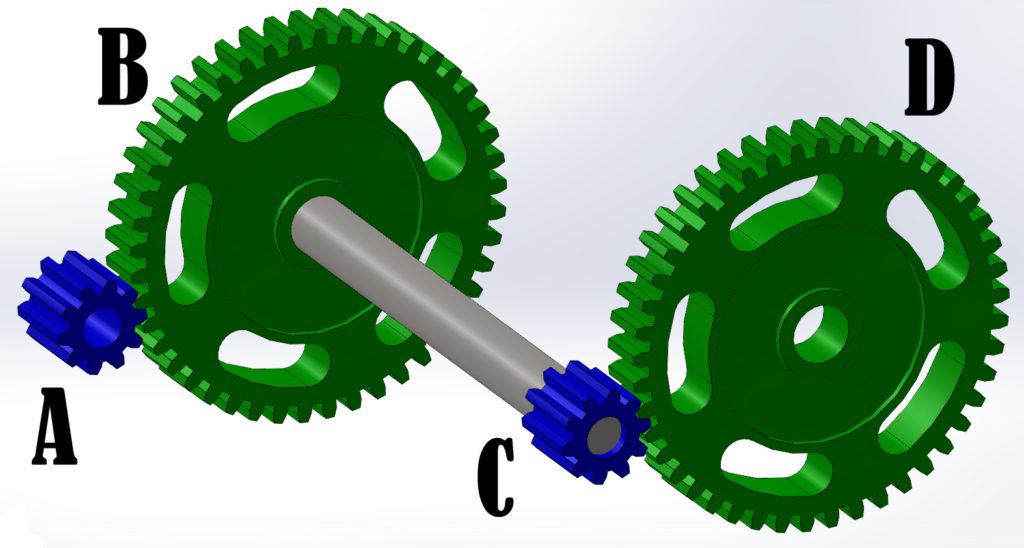
The Rc Car Gear Ratio Explained And Calculated

How To Figure Out The Gear Ratio Of Your Car Yourmechanic Advice
How To Find Your Car S Gearbox And Final Drive Ratios And Efficiencies

Car Gear Ratios Explained Learn Driving Tips
How To Find Your Car S Gearbox And Final Drive Ratios And Efficiencies
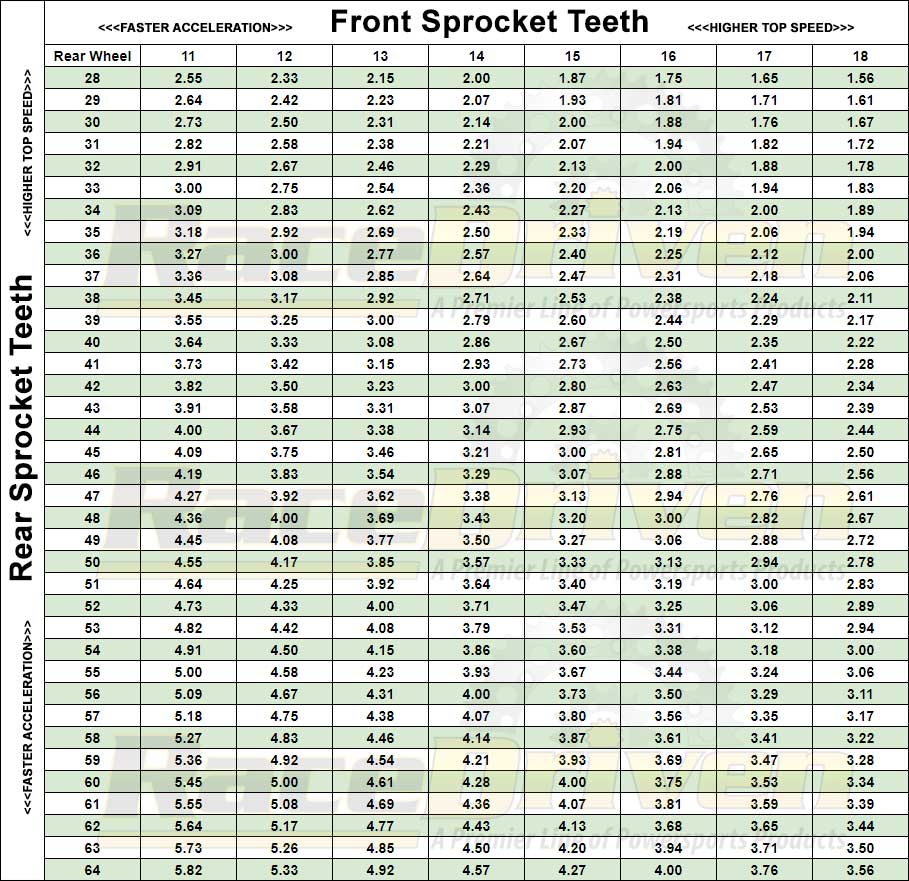
Gearing Up Or Down For Performance Racedriven

Which Ford Rear Gear Ratio Is Right For You Youtube

How To Figure Out The Gear Ratio Of Your Car Yourmechanic Advice

Engineering Explained Final Drive Ratios Explained Facebook By Engineering Explained The Final Drive Ratio Is Typically The Gear Ratio For The Differential Or The Final Location Where The

Gear Ratios Explained Motion Torque And Gear Trains Youtube
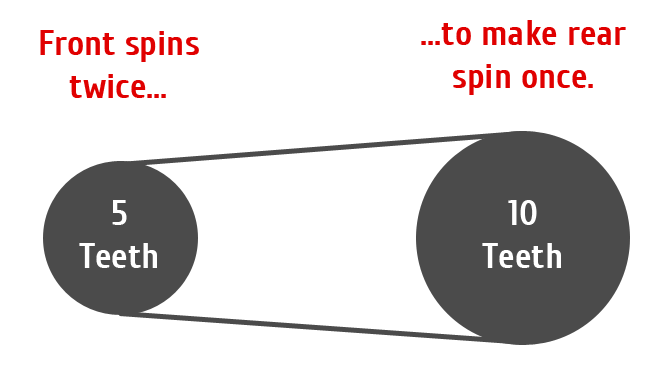
The Effects Of Motorcycle Gearing Changes Life At Lean
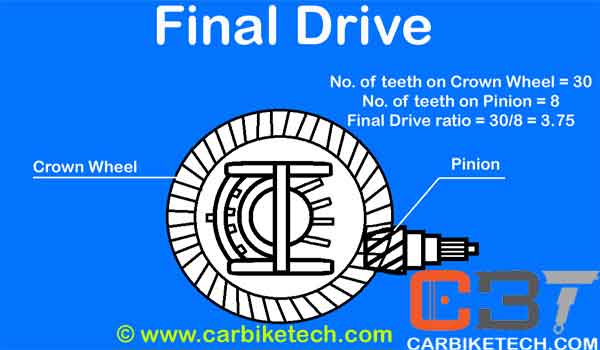
Final Drive How Does It Affect Vehicle Performance Carbiketech

Semi Truck Axle Ratio Overview Truckfreighter Com

Why Is Final Drive Ratio Important Accelerate Faster Youtube
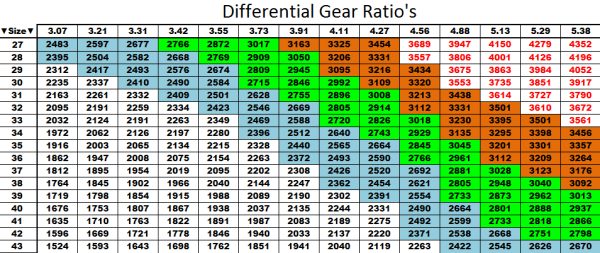
Differential Gear Ratio Also Known As Final Gear

Final Drive How Does It Affect Vehicle Performance Carbiketech


